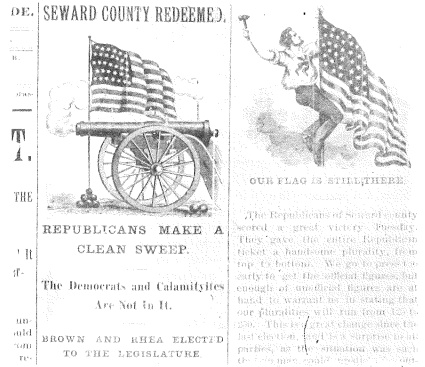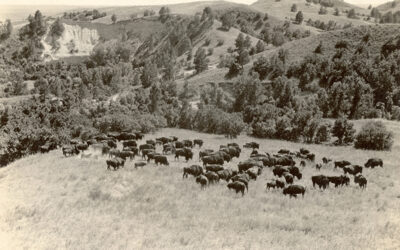Populism swept across Nebraska and other states of the Great Plains, historians have continued to be fascinated by the subject. Much research and writing have been stimulated by the publication of Richard Hofstadter’s Age of Reform in which Populism was interpreted as a conservative force which fed upon bigotry and rural animosities. Other historians, notably Norman Pollack and Walter Nugent, have sought to retain for the Populist movement its traditional image as a liberal, if not radical, force, one that was oath militant and tolerant.
At the same time, historians have asserted the necessity of examining sources on the local level, believing that it is impossible to discover who the Populists really were and what motivated their political behavior by studying conventional evidence found in the prominent newspapers of the day and the private papers of political leaders. But in the main, historians have employed these local materials while examining Populism in a broader context-only rarely have studies been conducted on the microcosmic level.
The analysis of local sources shows that in Seward County a mixture of social and economic factors caused the defeat of Populism. Independents did not attract the county’s German immigrants. The party held little appeal for relatively prosperous farmers, and its agrarian roots made it unpopular with townspeople. This article aims to contribute to our understanding of Populism by focusing on the movement in the microcosm of a single Nebraska county.
Read the full article here.

Headline about Republican victory in Seward from the Blue Valley Blade from November 9, 1892.



